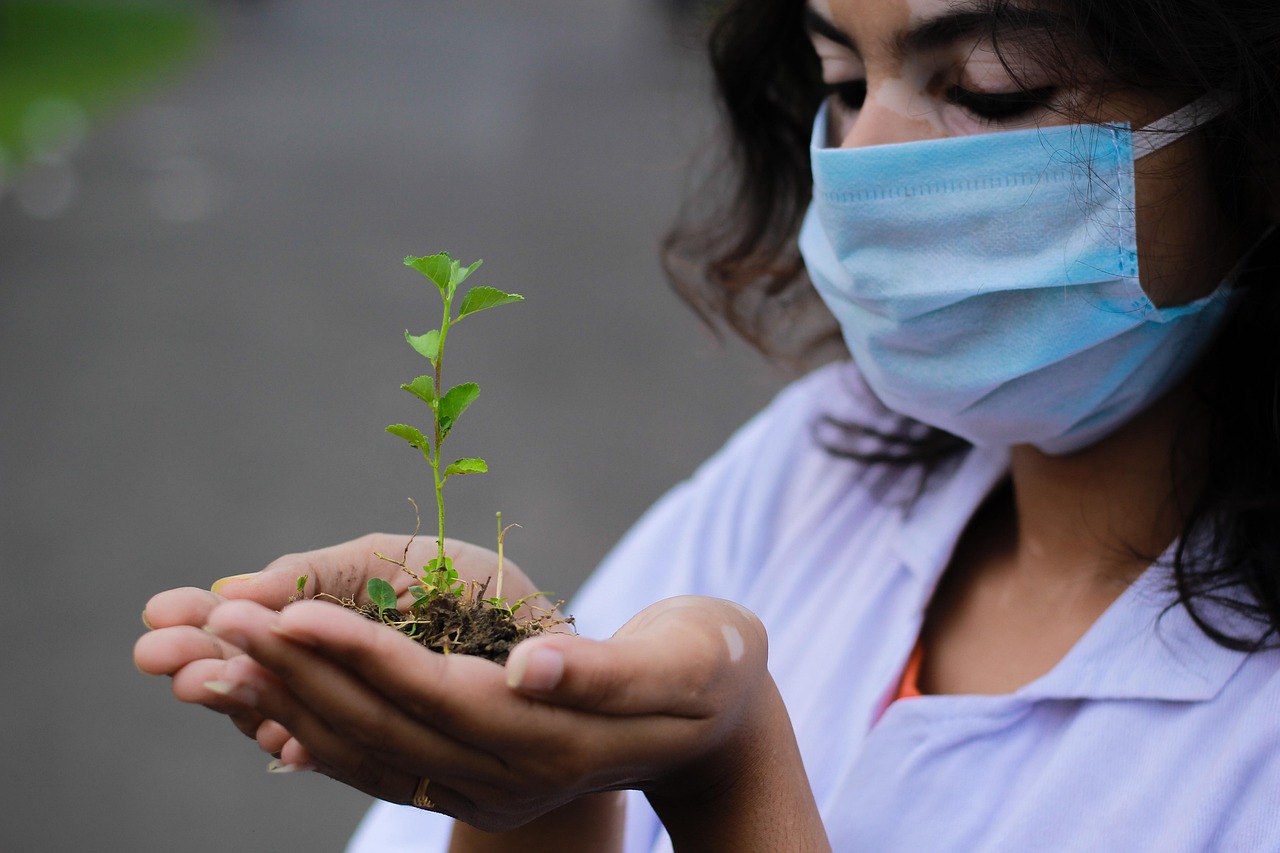Unmasking the Social Phenomenon of Mask-Wearing Amid the Pandemic
Introduction: In an era defined by a global health crisis, the act of mask-wearing has transformed from a simple protective measure to a social phenomenon with deep implications. Read below to delve into the sociological aspects of this common sight in our daily lives.

A Historical Glimpse at Mask-Wearing
The practice of wearing masks for protection against diseases is not a novelty. The historical context of mask-wearing can be traced back to the Plague of Athens in 430 BC, when citizens covered their faces with cloth to avoid inhaling the ‘bad air’ believed to cause the disease. Fast forward to the 20th century, masks became common during the Spanish flu pandemic of 1918, and in many Asian countries, mask-wearing has been a norm for decades to protect against pollution or disease.
The Societal Shift towards Mask-Wearing
Until recently, in most Western societies, masks were associated primarily with medical professionals or individuals in polluted environments. The onset of the COVID-19 pandemic, however, marked a drastic shift. Masks have become an essential accessory, reflecting a remarkable adaptation of societal norms. The trend is backed by scientific research, which shows that masks significantly reduce the transmission of the virus.
The Mask as a Symbol of Solidarity and Division
Masks have taken on symbolic value, often reflecting solidarity – a collective gesture of caring for others’ health. But, they also have become a source of division, with debates over personal freedom and political ideologies. This dichotomy illustrates the complexity of human behavior and the influence of societal dynamics on individual actions.
Unveiling the Cultural Implications
From a cultural perspective, masks have influenced fashion, with designers creating masks that serve as fashion statements. They have also challenged communication, as facial expressions are hidden, emphasizing the importance of eyes in conveying emotions. This shift may have long-term effects on interpersonal communication and social interactions.
Reflecting on the Future of Mask-Wearing
As the world begins to grapple with the idea of a ‘new normal,’ the question arises - will mask-wearing persist post-pandemic? Societal behaviors often outlast their initial purpose, suggesting masks may become a staple of our culture. Whether seen as a protective measure, a symbol of solidarity, or a fashion statement, masks are sure to leave an indelible imprint on society.
In conclusion, the social phenomenon of mask-wearing, catalyzed by the pandemic, is a testament to the ever-evolving nature of societal norms and behaviors. It underscores the intricate interplay between individual actions and broader societal and cultural trends. As we continue to navigate these unprecedented times, it provides a fascinating lens through which to examine and understand our changing world.




